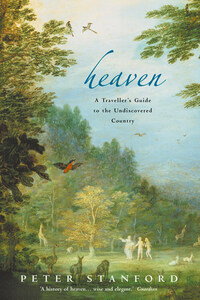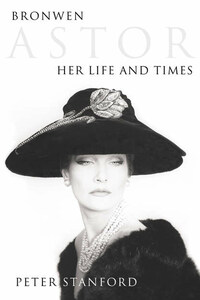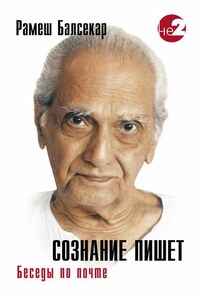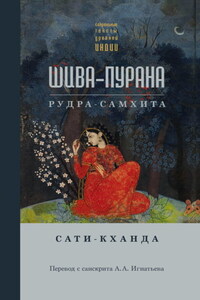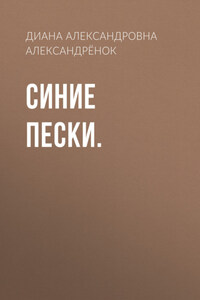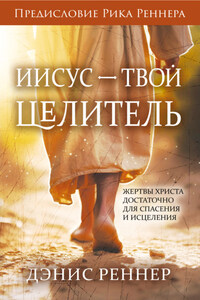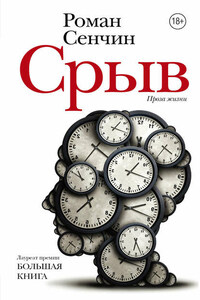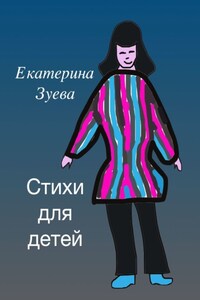A TRAVELLERâS GUIDE TO
THE UNDISCOVERED COUNTRY
To my mother, Mary Catherine Stanford (1921â1998), in the hope that the very best of what follows may now be true for her
and
To my mother-in-law, Emily Celine Cross (1934â2001), who inspired me with her trust in God to believe that it could be.
âThe undiscovered country, from whose bourn No traveller returns â¦â
SHAKESPEARE: Hamlet (Act III, Scene 1)
Ascent of the Prophet Muhammad to Heaven by Aqa Mirak, 16th century.
© British Library/Bridgeman Art Library
Saint Augustine of Hippo. © Mary Evans Picture Library
Saint Hildegard. © Mary Evans Picture Library
Thomas Aquinas. © Mary Evans Picture Library
Chartres Cathedral, West side. © The Bridgeman Art Library
Land of Cockaigne by Pieter Brueghel. Alte Pinakothek, Munich. © TheBridgeman Art Library
Detail from The Damned by Luca Signorelli. © Scala
Dante portrait. © Scala
Ascent into the Empyrean by Hieronymus Bosch. Palazzo Ducale, Venice. © The Bridgeman Art Library
Dante and Beatrice, from Danteâs Divine Comedy, 1480, by Sandro Botticelli. © Bibliotheque Nationale/The Bridgeman Art Library
Emmanuel Swedenborg. © Mary Evans Picture Library
Cities in the Spirit World, 18th century by Emmanuel Swedenborg. Reproduced courtesy of The Swedenborg Society
The Marriage of Heaven and Hell, As a New Heaven is Begun, c. 1790, by William Blake. © The Bridgeman Art Library
Last Judgement by William Blake. © A.C. Cooper/The National TrustPhotographic Library
The Gates Ajar
Spiritualism photo
Sir Arthur Conan Doyle and Houdini. © Mary Evans Picture Library
The Resurrection: Cookham, 1924â7 by Sir Stanley Spencer. © Tate, London 2002
Illustration from The Last Battle by C.S. Lewis. © Pauline Baynes
Buddhist temple. © Ian Cumming/Tibet Images
It is five in the morning and my five-month-old baby daughter, already settled into a pattern as an inveterate dawn riser, is shifting around in my arms, her eyes wide open, her back arching, and looking every inch a miniature version of my own mother. It is not so much the composition and arrangement of her features that bridges the generations, as a particular grimace of steely resolution that she makes, and the look she sometimes gives, with eyes guarded and slightly nervous, as she weighs you up before volunteering a broad but bashful smile. In these moments, the coincidence of her birth and my motherâs death within twelve months of each other makes me believe, without a shadow of a doubt, in reincarnation.
Bleary-eyed through lack of sleep, I see such a familiar expression that unthinkingly I latch on to it. For an instant I am as true a believer in reincarnation as if I were kneeling in saffron-coloured robes in a temple in the East: for, despite however many rules of science it violates, it seems so obvious that some essence of the life that is now over has been reborn in the new life in front of me. I even convince myself that itâs more than just the looks: they seem to share the same spirit â determined, unswerving, but cautious. As I slip back into a half-slumber, my daughter is distracted by an old watch strap, which she sucks and stretches. I add a few Christian ingredients to my Buddhist brew and fondly conjure up a scene in that mythical white tunnel which, in the standard church imagery of heaven, links this world to the next. There is, I imagine, a halfway point where those going back to the pavilion pass those going out to the crease. My mother and my daughter are both there, frozen in time, suddenly alone and utterly absorbed in each other. In my dream both can walk, though for the last twenty-five years of her life my mother was a wheelchair user. They embrace, and, as they take their leave to go in opposite directions, my mother kisses my daughter gently and hands over a parcel of her own characteristics, her legacy to the grand-daughter whom she will never know in straightforward earthly terms.
At this point in the dream my wife wakens me, and suddenly our daughter, who is still doggedly playing with the watch strap, appears in an entirely different light â her own motherâs double. As swiftly as I signed up to my own hybrid version of afterlife, I now see its absurdity. My certainty dispels so quickly that I cannot even get a grip on what it was that had, only seconds before, seemed so cosy and real. Any assurance I had is gone.
